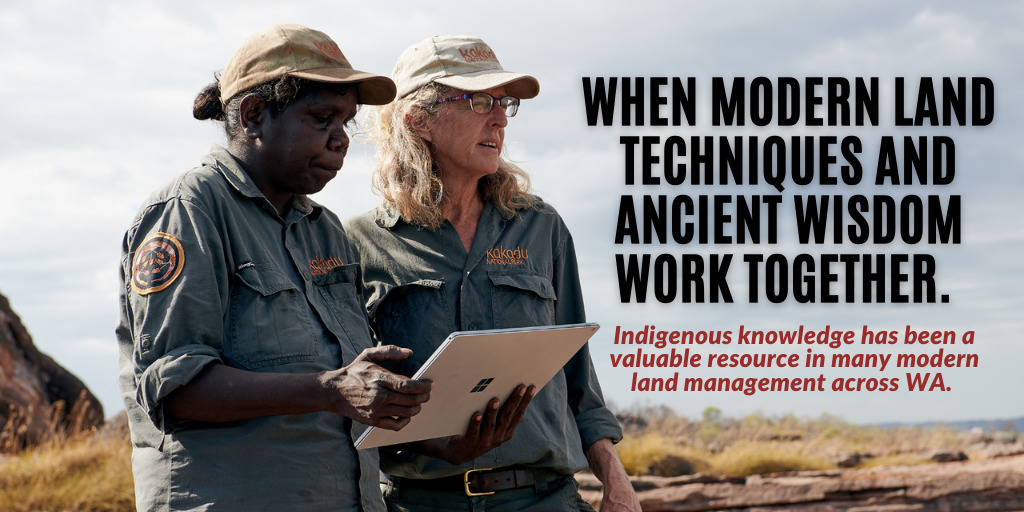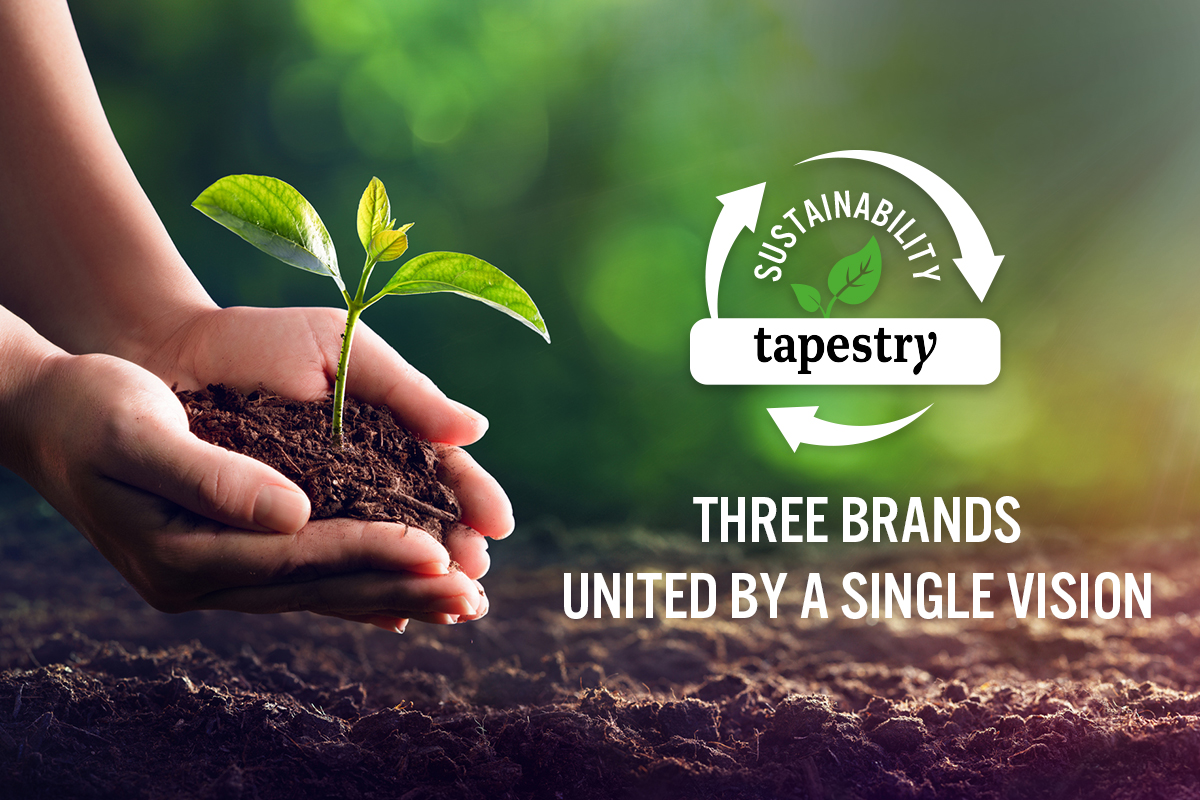A Tapestry of Sustainability: How Indigenous Land Management Ensured Economic Survival
A Tapestry of Sustainability: How Indigenous Land Management Ensured Economic Survival

For millennia, Aboriginal peoples across the vast Australian continent have thrived in a delicate balance with their environment. Their relationship with the land wasn’t just a matter of survival; it was a deeply ingrained cultural and spiritual connection that permeated every aspect of their lives. This profound bond, woven into the fabric of their existence, ensured their economic survival, demonstrating a remarkable understanding of resource management and sustainable practices.
The Land as a Living Library:
Related Articles: A Tapestry of Sustainability: How Indigenous Land Management Ensured Economic Survival
- The Timeless Tapestry Of Aboriginal Totems: A Journey Into Cultural Identity And Connection
- A Taste Of Paradise: Exploring The Diverse World Of Australian Fruit
- The Didgeridoo: A Journey Through Sound And Culture
- Terra Nullius: A Legacy Of Dispossession And Its Enduring Impact
- Embracing Tradition: A Guide To Beautiful Aboriginal Girl Names
Aboriginal peoples viewed the land not as a passive resource to be exploited, but as a vibrant, interconnected entity teeming with life. They understood the intricate web of relationships between plants, animals, water, and the land itself, recognizing that each element played a crucial role in maintaining the delicate balance of their ecosystems. This deep understanding allowed them to develop sustainable practices that ensured the continued abundance of resources for generations to come.
A Symphony of Knowledge:
Their knowledge about the land was vast and nuanced, passed down through generations through oral traditions, stories, and rituals. This knowledge encompassed a profound understanding of:
- Seasonal cycles: Aboriginal peoples recognized the cyclical nature of the land and adapted their practices to the changing seasons. They knew when to harvest specific plants and animals, ensuring their populations remained healthy and sustainable.
- Resource management: Through careful observation and meticulous practices, they developed strategies for managing resources, such as controlled burning, which helped maintain biodiversity and prevent destructive wildfires.
- Conservation techniques: They implemented practices like selective hunting and fishing, ensuring that populations remained healthy and sustainable. They also developed innovative methods for storing and preserving food, preventing waste and maximizing resource utilization.

A Tapestry of Economic Survival:
This intricate understanding of the land formed the foundation of their economic survival. Aboriginal peoples developed a diverse range of economic activities, all intricately linked to the land:
- Hunting and gathering: They were skilled hunters and gatherers, utilizing their intimate knowledge of the land to identify the best locations for hunting and gathering. They developed specialized tools and techniques, including intricate fishing nets and spear-throwing devices, for efficient resource acquisition.
- Agriculture: Aboriginal peoples practiced a form of sustainable agriculture, utilizing techniques like fire-stick farming and planting native crops. They understood the importance of biodiversity and incorporated a wide range of plants and animals into their diet, ensuring resilience against environmental changes.
- Trade and exchange: Aboriginal communities engaged in complex trade networks, exchanging goods and knowledge across vast distances. This fostered collaboration and ensured access to diverse resources, strengthening their economic resilience.

The Enduring Legacy of Sustainability:
The economic practices of Aboriginal peoples were not simply about survival; they were deeply intertwined with their cultural beliefs and values. They saw themselves as custodians of the land, responsible for maintaining its health and prosperity for future generations. This philosophy, rooted in respect and reverence for the natural world, ensured the long-term sustainability of their economic systems.
The Modern Relevance of Indigenous Knowledge:

In an era of climate change and environmental degradation, the lessons learned from Aboriginal land management practices hold immense relevance. Their understanding of resource management, ecological balance, and sustainable practices can offer valuable insights for addressing contemporary environmental challenges. Incorporating their knowledge and wisdom into modern conservation efforts can contribute significantly to the preservation of biodiversity and the sustainable use of natural resources.
FAQ:
1. How did Aboriginal peoples manage to survive for thousands of years in such a harsh environment?
Aboriginal peoples developed a profound understanding of the land and its resources, allowing them to adapt to the challenges of the Australian environment. Their knowledge of seasonal cycles, resource management, and conservation techniques ensured the continued abundance of resources for generations.
2. What were some of the key economic activities of Aboriginal peoples?
Aboriginal peoples engaged in a diverse range of economic activities, including hunting, gathering, agriculture, and trade. They utilized their intimate knowledge of the land to develop sustainable practices that ensured their economic survival.
3. How did their cultural beliefs influence their economic practices?
Aboriginal peoples believed that they were custodians of the land, responsible for maintaining its health and prosperity for future generations. This belief system influenced their economic practices, fostering a deep respect for the natural world and ensuring the long-term sustainability of their resource management.
4. What lessons can we learn from Aboriginal land management practices?
The lessons learned from Aboriginal land management practices are crucial for addressing contemporary environmental challenges. Their understanding of resource management, ecological balance, and sustainable practices can offer valuable insights for building a more sustainable future.
5. How can we incorporate Indigenous knowledge into modern conservation efforts?
Incorporating Indigenous knowledge into modern conservation efforts requires active engagement with Aboriginal communities. This can involve sharing knowledge, collaborating on research projects, and supporting traditional land management practices.
Conclusion:
The economic survival of Aboriginal peoples was not merely a matter of resource acquisition; it was a testament to their profound understanding of the land and their commitment to sustainability. Their practices, rooted in a deep respect for the natural world, offer valuable lessons for contemporary society, highlighting the importance of embracing Indigenous knowledge and wisdom in our efforts to build a more sustainable future.

Closure
Thus, we hope this article has provided valuable insights into A Tapestry of Sustainability: How Indigenous Land Management Ensured Economic Survival. We appreciate your attention to our article. See you in our next article!


